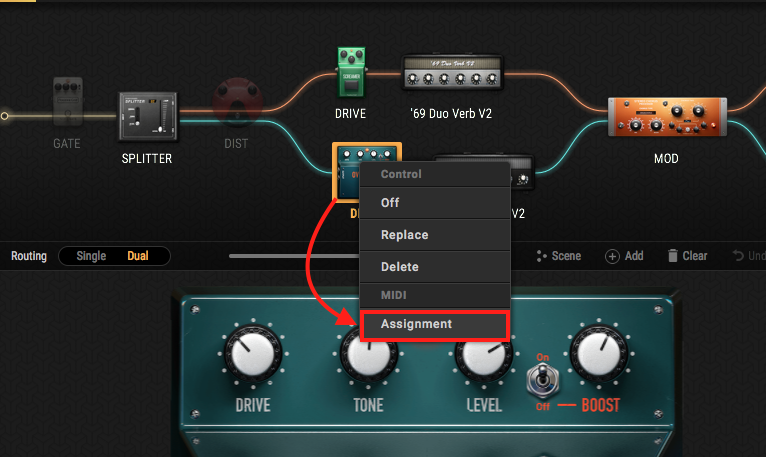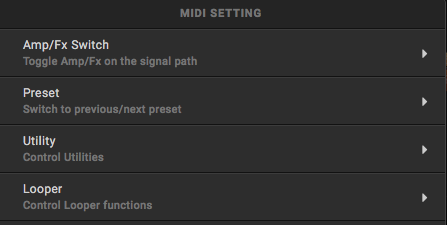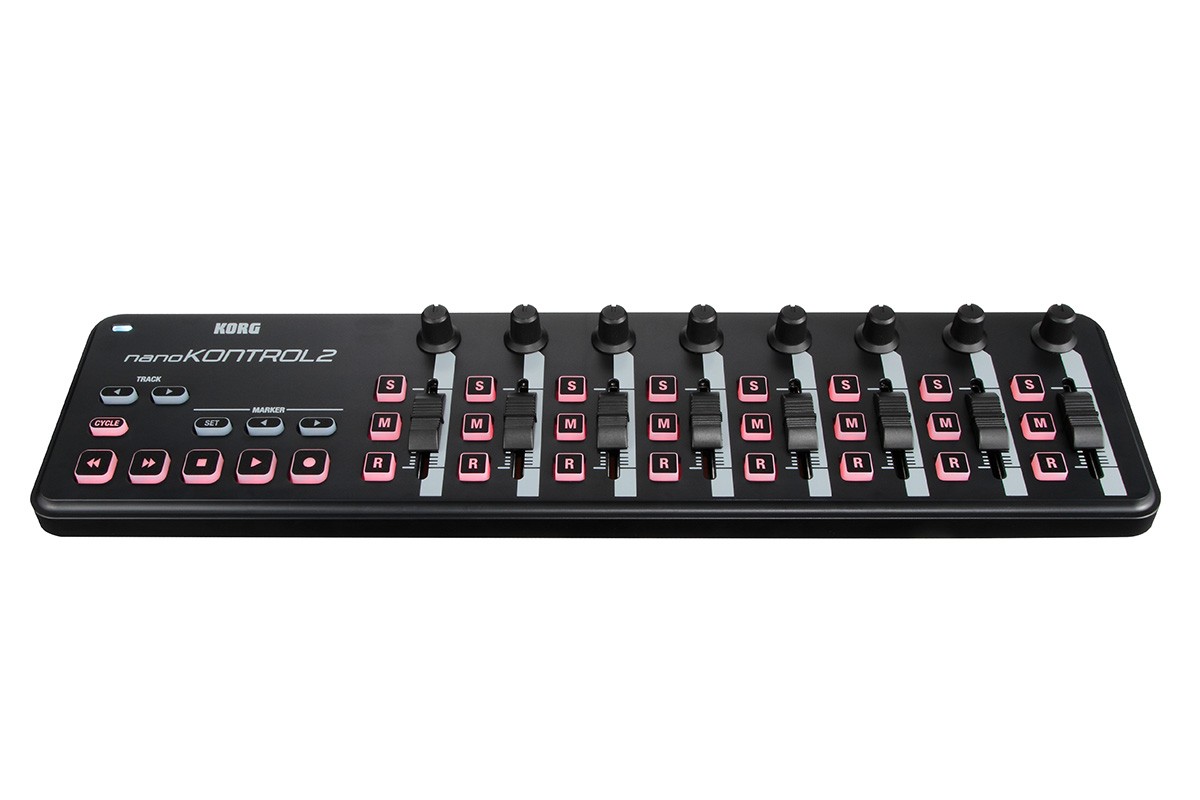

Some MIDI foot switches would complete the picture. Much easier to grab a physical knob or slider while playing than to try to put my finger on the iPad touch-screen.
#MIDI CONTROLLER WITH POSITIVE GRID BIAS FX DESKTOP SOFTWARE#
They are by default in "momentary" mode, but with some Korg software on a Mac I can set them to "toggle" mode, and then they work for switching effects on and off. There are also many buttons I can assign. For example, the amp's gain, bass, mids, treble, and master. I can easily assign any of the eight sliders or eight knobs to settings on the amp or on any effect. Consumes 0.5 watts over USB (5 volts * 0.1 amps). This means I need an AC outlet, but this could possibly be solved with a USB power pack. The iPad can't power the Korg (because Lightning doesn't do that), so I connect the charger to the camera adapter, which powers the Korg and charges the iPad. I bought the Korg nanoKONTROL2 and connected it to my iPad (7th gen, running iOS 14.3) via a "camera adapter" (Lightning to USB, made by RVOKOMS), and it works great with BIAS FX 2 Mobile (version 1.). I am by far not expert in MIDI, so if I made mistakes in the explanation, please don’t kill me. Each time I moved the encoder a different value for MIDI CC 22 was sent and so the Treble could change. The same with the encoder: the encoder sent for example MIDI CC 22 and the Treble control in the EQ pedal was configured to receive data from MIDI CC 22. This value was interpreted as the amount of Low-mids that the EQ had. Each time I moved the slider, a different value was sent for MIDI CC 20.

The Low-mids knob in the EQ pedal was configured to receive data from the MIDI CC 20. I don’t remember the numbers, so I will just invent values: the slider sent, for example, message 20 with different values. This is what I did in the short video above, first with a slider and then with an encoder, both from my Axiom 61 (MAudio), to change the values of two different parameters in an EQ pedal. This value from the same message can vary in time and so you can change a parameter in a hardware or software based on MIDI. You send a message: the message has a message number (so we can identify the message) and additionally has a value.

I don't know anything about MIDI, but support had previously implied that CC messages can not be continuous, but it now appears that CC messages can be continuous.ĭoes anyone out there know more about it?


 0 kommentar(er)
0 kommentar(er)
